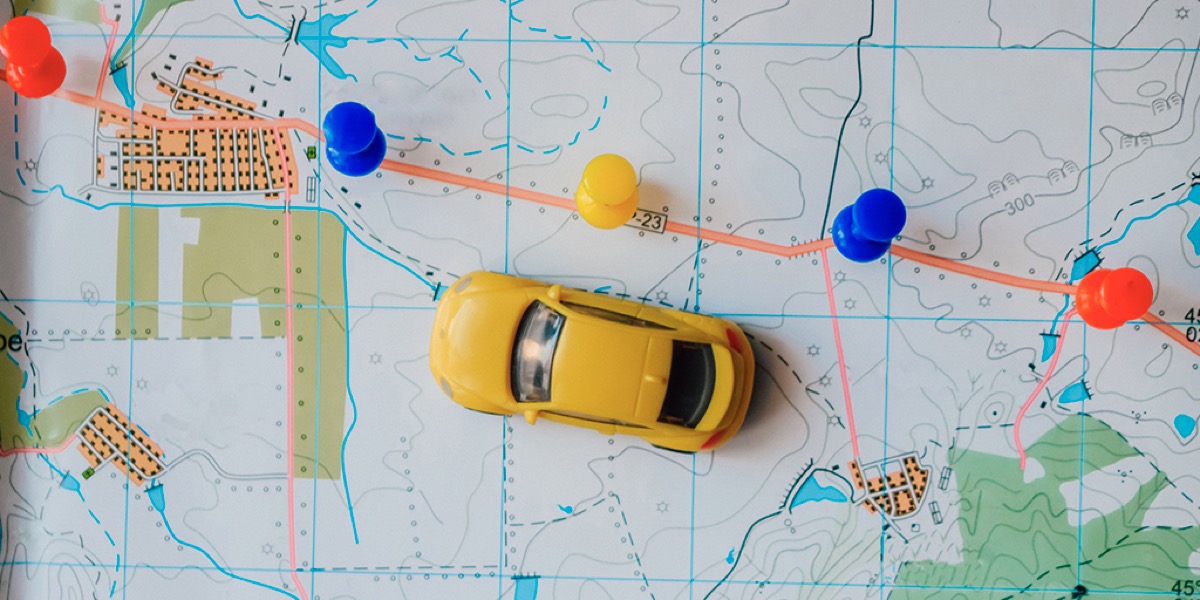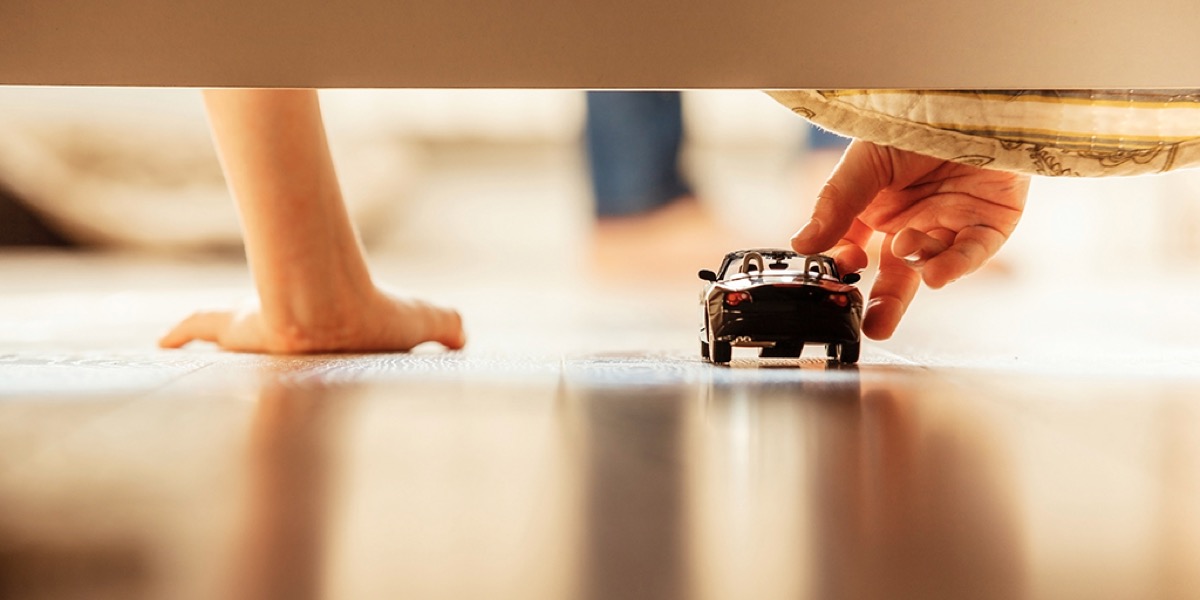We use cookies and other proprietary and third-party technologies to make our website work correctly and securely. We also use them to analyse user browsing and be able to adapt advertising to your tastes and preferences. Cookies Policy.
Toy cars to develop child psychomotricity
Maybe after running into one in the hallway you’ve asked why toy cars are so fascinating for little boys and girls.
The explanation of that common interest is in a child’s need to understand his daily life. As explained by the Dr. Gummer’s Good Play Guide, it is by means of toy cars –just like playing with miniature buildings, dolls and tiny kitchens– that boys and girls familiarise themselves with the roles played by the adults around them.

“Children often get on these small vehicles and like to incorporate them into their recreational time. This imaginative play allows kids to exercise their creativity and helps them make sense of the world around them.”
If this alone weren’t enough to consider these games as positive –and thus compensate many parents who find their home is an immense fleet of miniature cars– Dr. Gummer’s organisation notes other benefits of toys with wheels.
They include the physical and motor development of children. Chasing or dragging this kind of toy provides them with the perfect excuse to crawl, strengthen the muscles of their arms and legs, and develop their coordination, balance and gross psychomotricity. These games promote visual sharpness and the sense of hearing, when the children have to figure out where the toy car is depending on what they hear.
For example, for children who are a little older, making the small cars turn or roll over helps strengthen their wrists and fine motor skills.
Playing with cars is something that can be done individually, which stimulates independence in children. But it can also be done in a group, which allows them to explore questions about socialisation, sharing and even negotiating. (For example who plays with red car and who gets the blue one.) These kinds of games teach how to manage frustration (when losing a race, for example) or how to win gracefully.

Dr. Gummer’s Good Play Guide also mentions how positive it is for children to build their own roadways: “It helps them to develop logical thinking, to learn which pieces can fit, and how this will affect the route of the vehicle.”
This is ideal play for understanding cause and effect and what happens, for example, when we let a car fall down a ramp or if we don’t put on the brakes in time. And if on the real highway the child sees some traffic signs, it is an excellent way for him or her to acquire some important ideas about road safety.
As if all this weren’t enough, there’s another reason you should be glad your child is playing with little cars: it’s so much fun!
Notice: Trying to access array offset on value of type null in /DATA/sites/ontheroadtrends.com.preproduccion.com/webspace/wp-content/themes/ontheroad2023/templates/newsletter.php on line 3
Notice: Trying to access array offset on value of type null in /DATA/sites/ontheroadtrends.com.preproduccion.com/webspace/wp-content/themes/ontheroad2023/templates/newsletter.php on line 4
Notice: Trying to access array offset on value of type null in /DATA/sites/ontheroadtrends.com.preproduccion.com/webspace/wp-content/themes/ontheroad2023/templates/newsletter.php on line 5